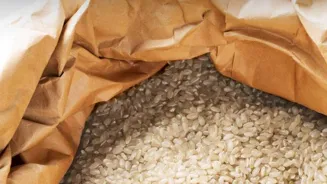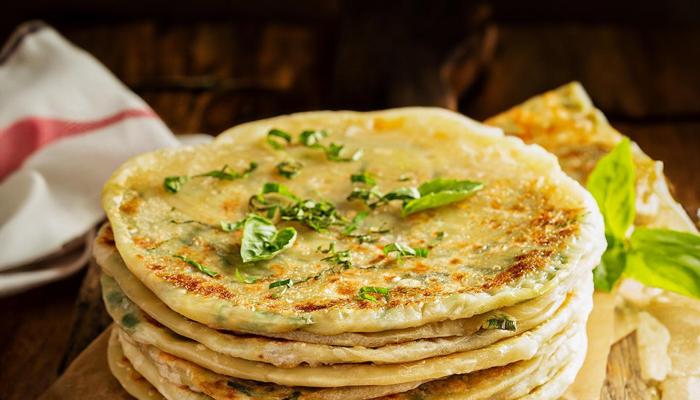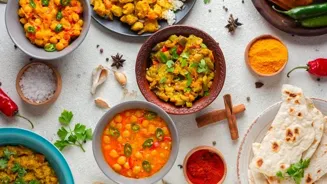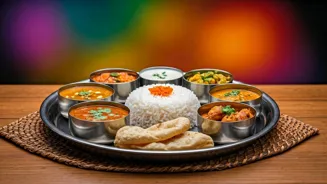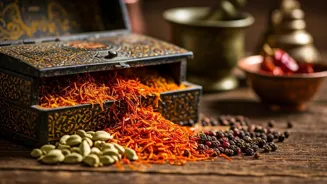Unveiling the Secrets to Perfect Rice Making: 7 Tips for Culinary Excellence! Dive in for a flavorful journey
For most Indian households, rice is more than just a side dish; it's a staple, a comfort, and
a canvas for a delightful range of curries and dals. But achieving that fluffy, non-sticky, perfectly cooked rice can sometimes feel like a culinary quest. Fear not, fellow food lovers!
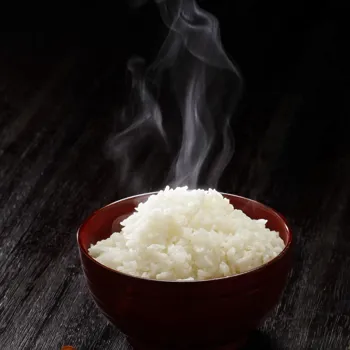
We're here to unveil the secrets to mastering the art of rice making, with seven simple yet effective tips that will transform your rice from ordinary to extraordinary. These time-tested methods, passed down through generations, guarantee a delightful culinary experience with every single grain.
So, grab your cooker, wash your worries away, and prepare to embark on a journey towards rice perfection! Prepare to impress your family and friends with this simple yet refined method of making rice.
Choose rice wisely based on dish; ask grocer for advice
The first key to perfect rice lies in choosing the right variety for your needs. Just as there are different grapes for wine, different rice varieties offer distinct textures and flavors. Basmati, with its long grains and aromatic essence, is ideal for biryanis and pulaos.
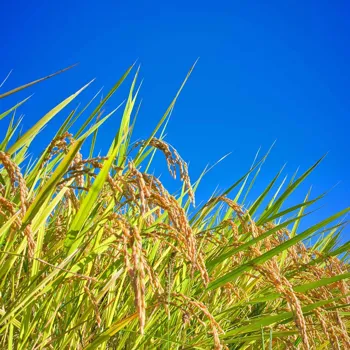
Sona Masuri, a lighter option, is perfect for daily meals. For creamy risottos, Arborio rice is the champion. Experimenting with different types will let you discover which ones best suits your palate and culinary style.
Don't be shy to ask your local grocer for recommendations, they have in depth knowledge of various types of rice.
Rinsing rice removes starch for fluffy texture
Rinsing the rice is a crucial step often overlooked. In a bowl, gently massage the rice with your hands under cool running water. Repeat this process until the water runs clear. Rinsing removes excess starch, which is the culprit behind sticky, clumpy rice.
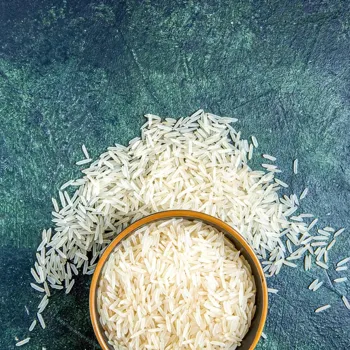
This simple act significantly improves the final texture, resulting in separate, distinct grains. A good rinse will make all the difference to the rice. You can also soak the rice, this works especially well for long grain rice such as Basmati.
Home cooks can achieve perfect rice by following water-to-rice ratio guidelines
Many home cooks struggle with the correct water-to-rice ratio. While the exact amount may vary slightly depending on the rice type and cooking method, a general guideline is 2 cups of water for every 1 cup of rice if you're using the absorption method on the stovetop.
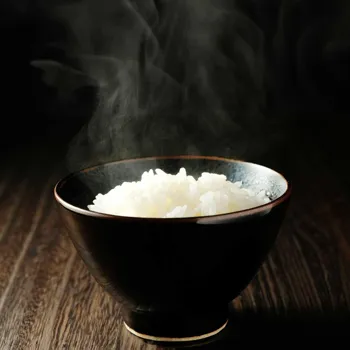
Once the water comes to a boil, reduce the heat to a simmer, cover the pot tightly, and let the rice cook undisturbed for 15-20 minutes. For pressure cookers, the ratio is often slightly lower, around 1.5 cups of water per cup of rice.
Experimenting a little bit and checking the rice a few times to find the perfect ratio for your cooker will work great.
Patience is key for perfect fluffy rice
Resist the urge to peek! Lifting the lid during cooking releases steam, which is essential for evenly cooking the rice. Trust the process, and allow the rice to steam undisturbed for the recommended time.
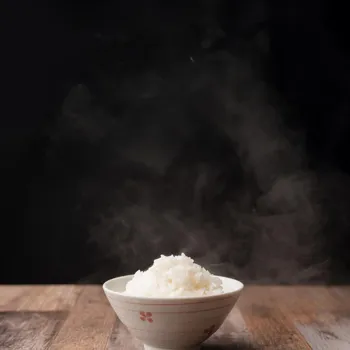
Once the cooking time is up, remove the pot from the heat and let it sit, covered, for another 10 minutes. This allows the residual steam to finish the job, resulting in perfectly hydrated and fluffy rice. Patience is key in this process.
Fluff rice with fork for light, airy texture
Fluffing the rice after cooking is an art in itself. Use a fork to gently separate the grains, releasing any remaining steam and preventing the rice from clumping together. Avoid using a spoon, as it can mash the grains. A gentle touch keeps the grains intact, keeping it light and airy.
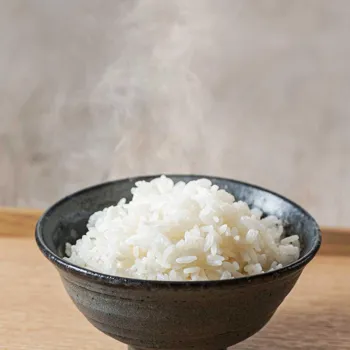
This final step enhances the texture and presentation of the rice. You do not want to mash the rice at the end of the cooking process.
Adding fat elevates rice flavor; salt enhances taste profile
Adding a touch of fat can elevate your rice to a whole new level. A teaspoon of ghee or oil added to the rice before cooking not only enhances the flavor but also helps prevent sticking.
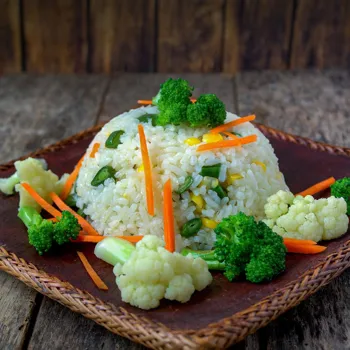
Similarly, adding a pinch of salt enhances the overall taste profile, bringing out the natural flavors of the rice. This works wonders for rice dishes such as Pulaos. You could also add a bay leaf or peppercorns if you wanted to infuse more flavours while cooking the rice.
Practice and patience lead to perfect rice
Mastering the art of making perfect rice is a journey of practice and patience. Don't be discouraged if your first few attempts aren't flawless. Each batch is a learning opportunity.
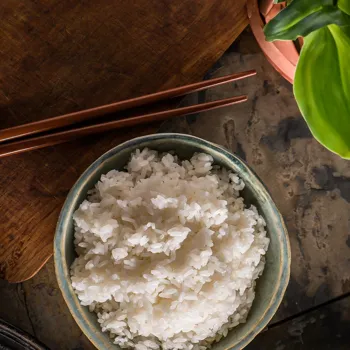
Keep experimenting with different rice varieties, water ratios, and cooking methods until you find what works best for you and your equipment. With these seven simple tips, you'll be well on your way to serving fluffy, flavorful rice that will impress your family and friends. Happy cooking!
Enjoy your journey to rice proficiency.
AI Generated Content. Glance/InMobi shall have no liability for the content